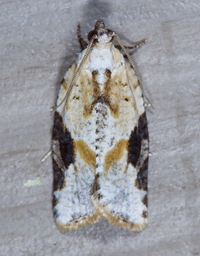
| Recorded by: Jim Petranka on 2025-05-06
Madison Co.
Comment: | 
| Recorded by: Jim Petranka on 2025-04-26
Madison Co.
Comment: |
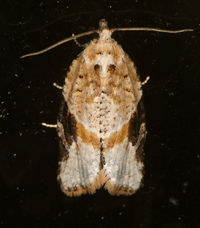
| Recorded by: Jim Petranka on 2025-04-23
Madison Co.
Comment: | 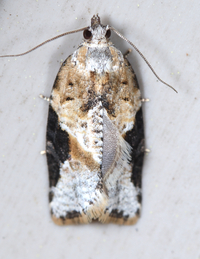
| Recorded by: Jim Petranka on 2025-04-09
Madison Co.
Comment: |
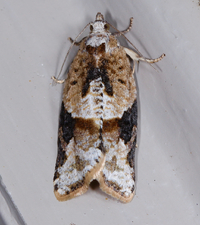
| Recorded by: Jim Petranka on 2025-04-02
Madison Co.
Comment: | 
| Recorded by: Jim Petranka on 2024-05-20
Madison Co.
Comment: |
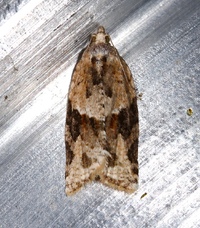
| Recorded by: Jim Petranka, Mark Basinger and Becky Elkin on 2024-05-16
Buncombe Co.
Comment: | 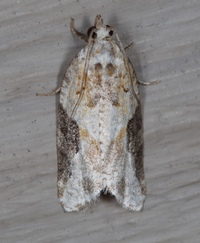
| Recorded by: Jim Petranka on 2024-05-12
Madison Co.
Comment: |
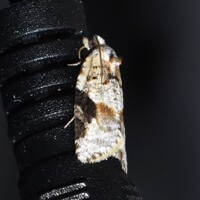
| Recorded by: Jeff Niznik on 2024-05-12
Madison Co.
Comment: | 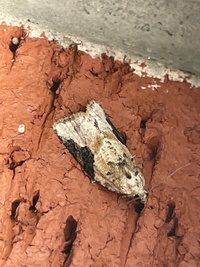
| Recorded by: Morgan Freese on 2024-04-29
Buncombe Co.
Comment: |

| Recorded by: jim Petranka on 2024-04-25
Madison Co.
Comment: | 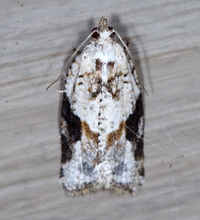
| Recorded by: Jim Petranka on 2024-04-23
Madison Co.
Comment: |

| Recorded by: Jim Petranka on 2024-04-13
Madison Co.
Comment: | 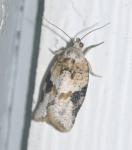
| Recorded by: K. Bischof on 2024-04-09
Transylvania Co.
Comment: |

| Recorded by: Jim Petranka on 2024-04-07
Madison Co.
Comment: | 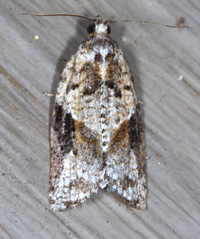
| Recorded by: Jim Petranka on 2023-05-23
Madison Co.
Comment: |
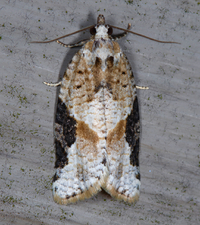
| Recorded by: Jim Petranka on 2023-04-28
Madison Co.
Comment: | 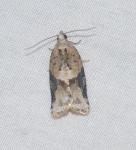
| Recorded by: K. Bischof on 2023-04-20
Transylvania Co.
Comment: |

| Recorded by: Jim Petranka and John Petranka on 2023-04-19
Madison Co.
Comment: | 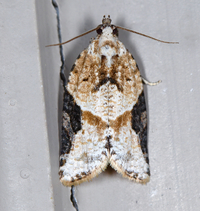
| Recorded by: Jim Petranka on 2023-04-11
Madison Co.
Comment: |
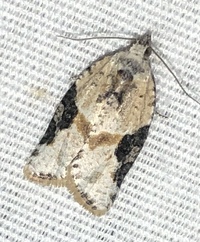
| Recorded by: B bockhahn on 2023-04-05
Buncombe Co.
Comment: | 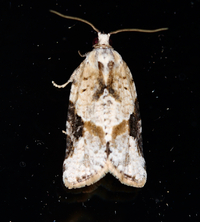
| Recorded by: Jim Petranka on 2023-04-04
Madison Co.
Comment: |
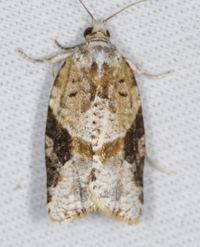
| Recorded by: Jim Petranka on 2022-05-09
Madison Co.
Comment: | 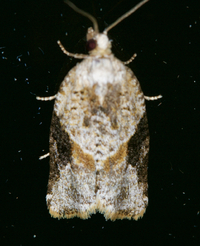
| Recorded by: Jim Petranka on 2022-05-03
Madison Co.
Comment: |
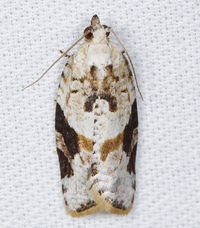
| Recorded by: Jim Petranka on 2022-04-21
Madison Co.
Comment: | 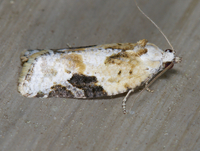
| Recorded by: Jim Petranka on 2022-04-13
Madison Co.
Comment: |

| Recorded by: Jim Petranka and Becky Elkin on 2021-05-21
Madison Co.
Comment: | 
| Recorded by: Jim Petranka on 2021-05-20
Madison Co.
Comment: |

| Recorded by: Vin Stanton on 2021-05-17
Buncombe Co.
Comment: | 
| Recorded by: Jim Petranka on 2021-05-16
Madison Co.
Comment: |
|

 »
»


